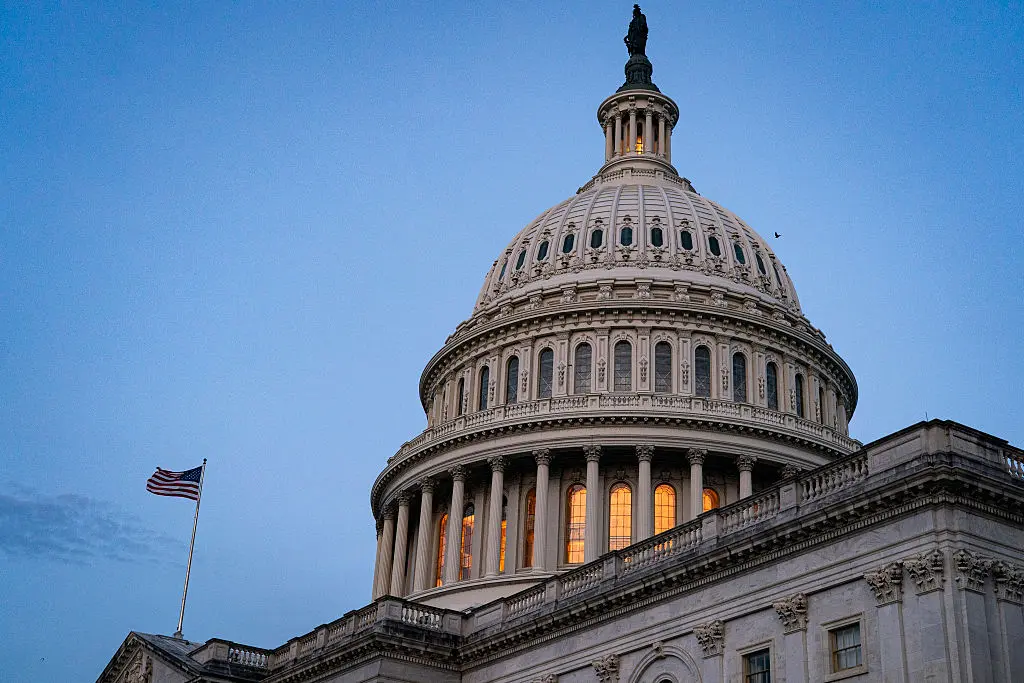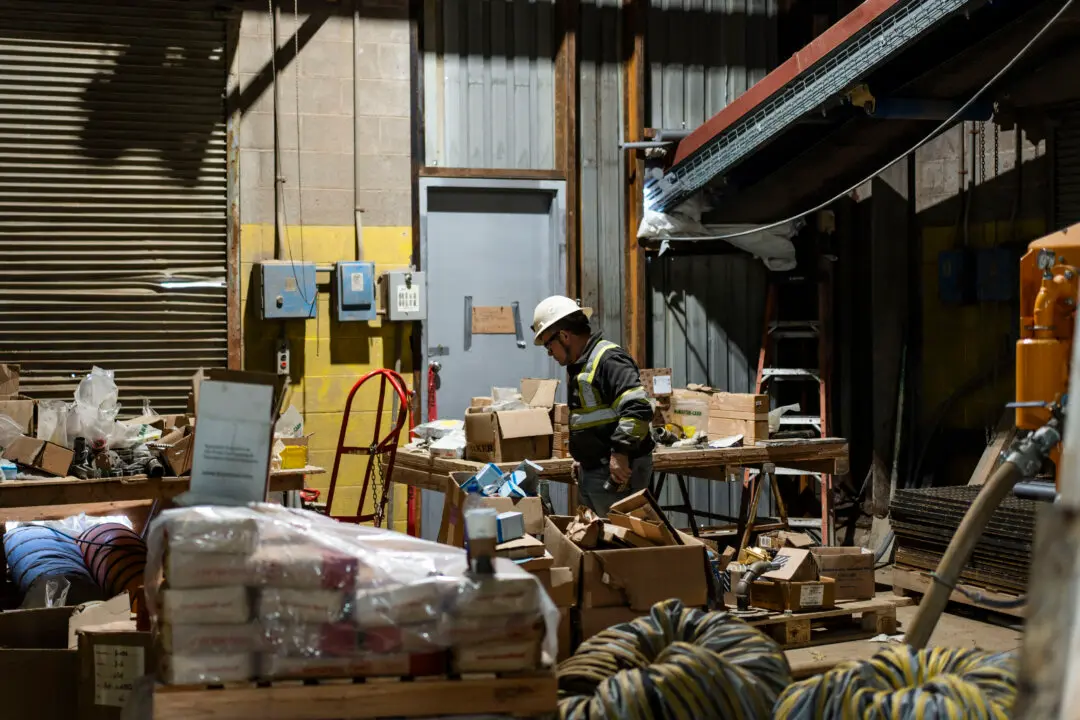Tuesday’s robust U.S. equities rally had mostly faded by early afternoon as markets checked their expectations regarding a White House stimulus plan to buffer the economy from the coronavirus, and as dip buyers booked gains from the morning surge.
But while stock market investors had pared some profits from the morning bounce by 1 p.m. ET, bonds continued to stay off yesterday’s risk-off lows. Oil prices, too, held onto the morning’s 10 percent gains after plummeting by over 20 percent yesterday and sparking a shock equities selloff.





